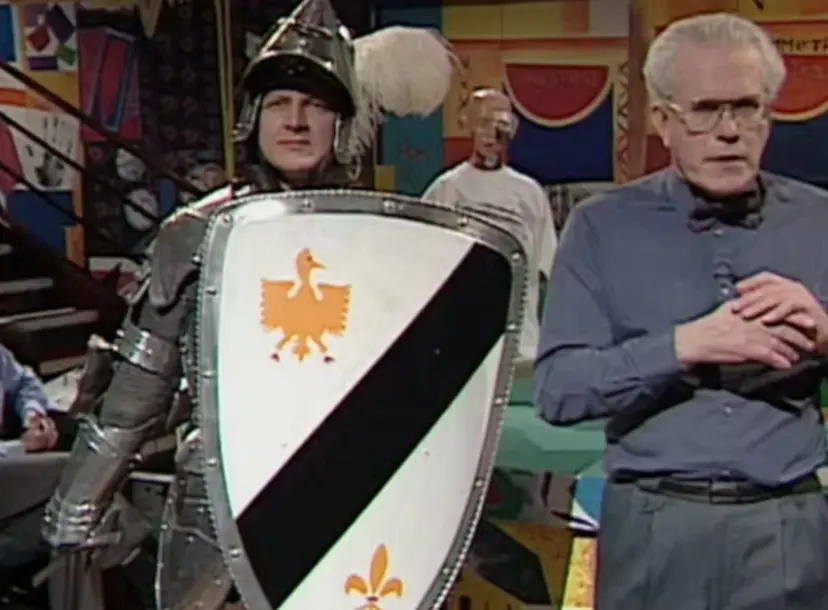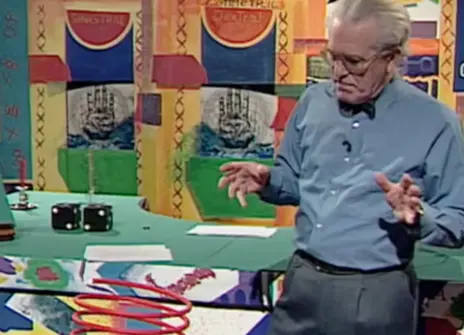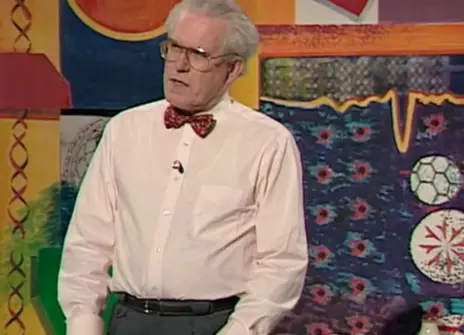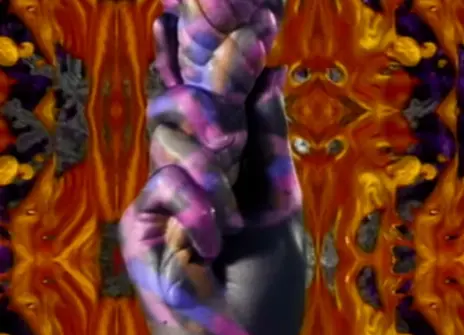Lecture 1 – Man in the mirror
From the 1992 lecture brochure:
Humans are distinct from all other animals in two important respects. First, we are chiral, i.e. handed. We consistently use one hand in preference to the other for skilled tasks such as writing. Second, we communicate with structured language as opposed to the small repertoire of specific sounds used by whales or apes.
These capabilities are controlled by the brain which is itself chiral, speech being controlled by the left hemisphere in a way that is more specific for right-handers than for left-handers.
Overall, we are much less symmetrical than we appear superficially. The mirror image of one side of our bodies is often quite different from the other. The fingerprints from the left hand are different from those on the right and below the surface, our hearts lie on one side of the centre line and our livers on the other. One of our eyes and one of our ears is dominant in relevant tasks and we fold our arms and hands in a consistently asymmetric fashion.
We ask whether our handedness which is of long-standing - at least half a million years - is innate or acquired. Evidence suggests that handedness is inherited in a complex way and there is no evidence to suggest an adaptive advantage. The mechanisms of inheritance (genetics) depend upon handed molecules and we return to this theme in Lecture 5. Meanwhile, our perceptions of left versus right are crucial and the actions of our hands - in which we have clear superiority over other animals - are related to our mental processes including language.
About the 1992 CHRISTMAS LECTURES
From the 1992 lecture brochure:
We are set apart from other animals both by the use of language whose control is normally located in the left side of the brain and by the fact that unlike most other animals, which have mixed handedness, we are predominantly right-handed. Recent speculations have focused on the possibility that these two attributes are interconnected genetically, a link that could lead to an understanding of the neurobiology of language and its molecular biological basis.
In these lectures, we shall look at first our own symmetry, overall in terms of handedness and our superficial appearance, and also below the surface at our brains and other organs. Then we shall look at ourselves in the world at large, focusing on the symmetry of our fellow creatures and the artefacts that we have created. The connection of both of these to left-right relationships will be explored.
The most significant handed (chiral) objects we encounter, usually unconsciously, are the molecules that we and all of our surroundings are made of. We will look at the nature of these molecules and trace the understanding of the significance of handedness at the molecular level in the 19th century, for which it was the most far-reaching chemical realisation.
Our contact with handed molecules has profound significance in terms of, for example, sensory perceptions such as taste and smell. We can distinguish between handed molecules and this tells us that our sensory apparatus is itself handed.
Our existence depends upon the handedness of molecules both large and small and without such molecules, we would not be able to digest our food, build our bodies, or transmit our characteristics to the next generation.
We return to the opening speculation. The genes - themselves composed of handed molecules - control the development of handedness and cerebral dominance, a link that has the potential to give us an understanding of the biology of language. We leave our consideration of chirality - handedness -with an unsolved mystery. Where do chiral molecules come from?





